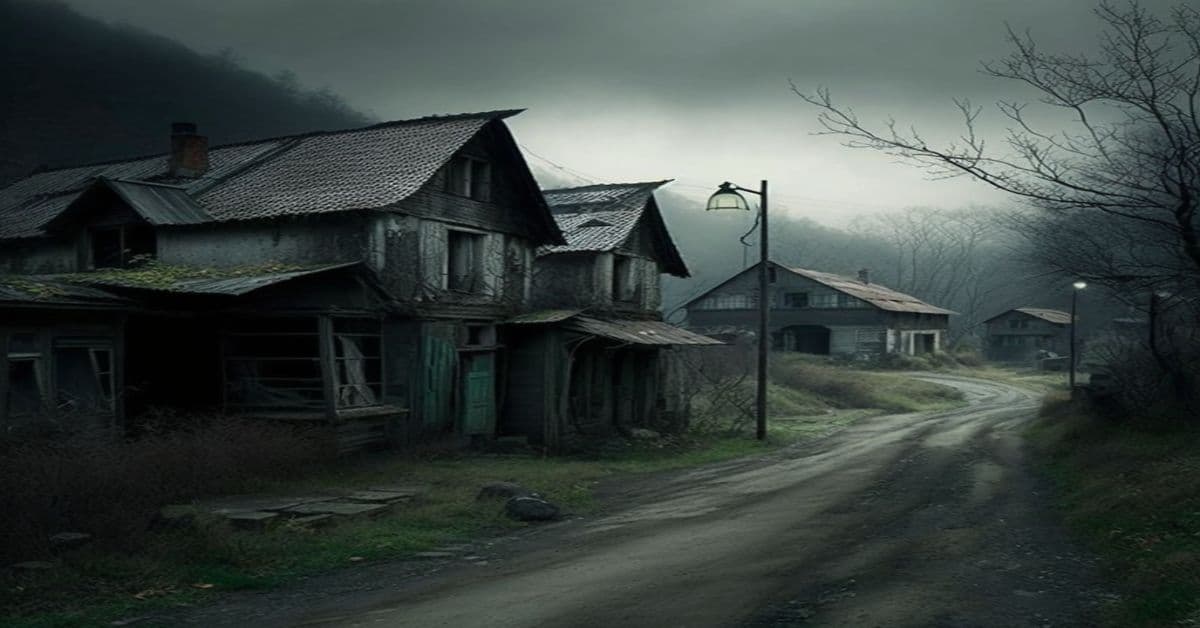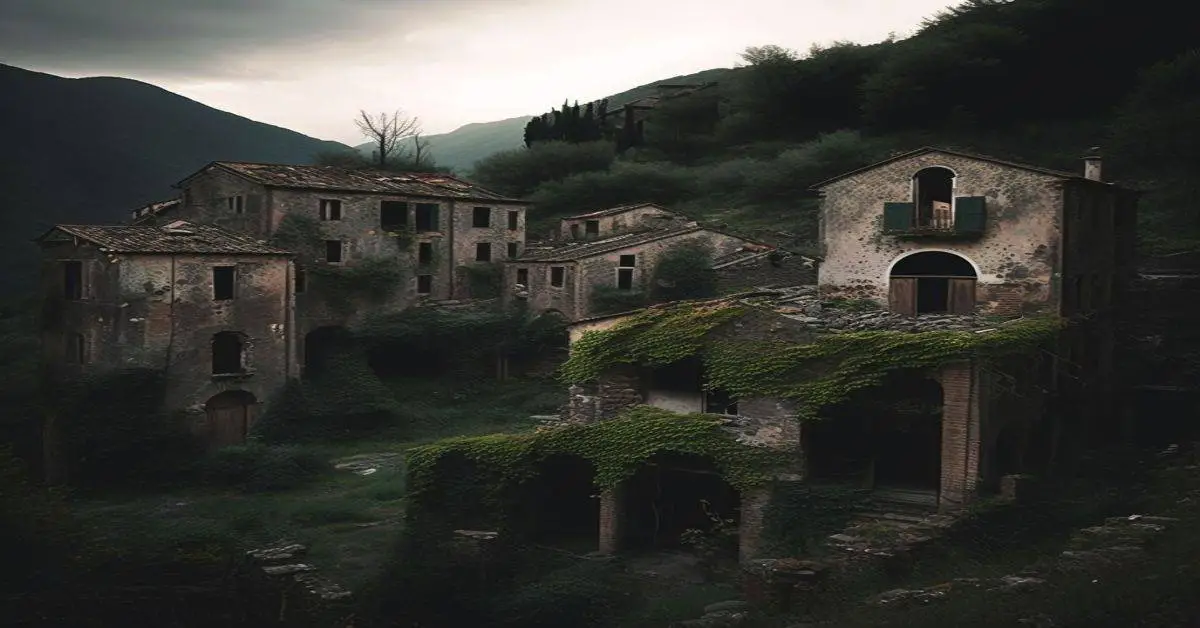Index, a small copper mining town located in Snohomish County, Washington, is often overlooked when it comes to the state’s ghost towns. However, this forgotten town has a rich history and some interesting buildings, making it worth a visit for those interested in Washington’s past.
Despite its minimal population until the late 1800s, Index supported businesses such as hotels, drug stores, and even a newspaper, showing the town’s importance in its heyday.
The town’s most distinctive feature is Mt. Index, with its unique rock needles, which dominates the horizon and adds to the town’s character. Although some buildings are disappearing, the remains of Index still offer a glimpse into its fascinating past.
This article will explore the history of Index and its importance as a copper mining town and highlight the landmarks and remains that still exist today. By delving into the past of Index, readers will gain a deeper understanding of the role this small town played in shaping the history of Washington state.
Key Takeaways
- Index is a small copper mining town located in Snohomish County, Washington, surrounded by mountains and rivers.
- The town played a significant role in the economic development of Washington state, with its growth fueled by the mining industry.
- Despite the decline of the copper market, Index still has some interesting man-made and natural landmarks, including Mt. Index, old hotel and general store, and the town’s cemetery.
- Visitors can explore the remains of the once-thriving community by hiking the trails around Mt. Index, offering a unique opportunity to experience the history and natural beauty of this forgotten copper town.
Location and History
Located approximately 35-40 miles north of Seattle in Snohomish County near the Skykomish River, Index was a copper mining town that played a significant role in the economic development of Washington state.
The town’s geographical location, surrounded by mountains and rivers, made it ideal for copper extraction.
The discovery of new veins in the late 19th century led to a surge in the town’s population and the establishment of various local businesses and infrastructure to support the mining industry.
The economic impact of Index was significant, with the town supporting hotels, drug stores, a newspaper, and other businesses.
The town’s growth was fueled by the mining industry, which provided jobs and opportunities for the local population.
However, with the decline of the copper market, the town’s population dwindled, and many of the businesses and infrastructure were abandoned.
Though some interesting buildings still exist in Index, many disappear, leaving only remnants of the town’s once-thriving past.
Remains and Landmarks
Several interesting buildings still exist in the area, but they slowly disappear over time. These abandoned structures serve as reminders of Index’s past as a copper mining town.
One of the most notable landmarks in Index is Mt. Index, which dominates the horizon with its pointing rock needles. Visitors can marvel at the mountain’s beauty and appreciate its connection to the town’s history.
In addition to the natural landmark of Mt. Index, there are a few man-made structures that still stand in Index. These buildings include the old hotel and a general store, which were once bustling with activity during the town’s mining heyday. Local legends also surround the area, adding an eerie sense of mystery to the abandoned buildings.
However, with each passing year, these structures continue to crumble and fade away, making it important for visitors to appreciate the remaining pieces of history before they are gone forever.
Visiting and Exploring
Uncovering the remnants of a once-thriving community is a fascinating way to delve into the past and gain insight into the lives of those who lived in this remote area of Snohomish County. Visiting Index offers the chance to explore the remains of a copper mining town that supported hotels, drug stores, a newspaper, and other businesses. While most of the buildings have disappeared, a few interesting structures still stand, offering a glimpse into the town’s history.
The best way to explore Index is by hiking the trails around Mt. Index, which dominates the horizon with its pointing rock needles. The trails offer stunning photography opportunities and breathtaking views of the surrounding landscapes.
Visitors can explore the remains of the once-thriving community, including the old train depot and the remnants of the town’s copper mines. The town’s cemetery is also worth a visit, as it offers a glimpse into the lives of those who lived and died in Index.
With its cool and comfortable climate, Index can be visited year-round. However, visitors should take care when hiking the trails, as they can be steep and challenging. Overall, visiting and exploring Index is a unique opportunity to experience this forgotten copper town’s history and natural beauty.
Frequently Asked Questions
What was the daily life of a miner in Index like?
Harsh mining conditions, including long hours, dangerous working conditions, and low wages characterized the daily life of a miner in Index. Social dynamics were shaped by a hierarchical structure that favored mine owners and managers over workers.
How did the decline of copper mining affect the town’s economy?
The decline of copper mining had a significant economic impact on Index. The town’s population dwindled and businesses closed due to the loss of jobs. Labor conditions worsened as miners struggled to find work and support their families.
Are there any local legends or ghost stories associated with Index?
There are no documented local legends or ghost stories associated with Index. However, some visitors claim to have experienced supernatural sightings in the area. These claims remain unverified and have not been thoroughly investigated.
What efforts have been made to preserve the remaining buildings in Index?
Preservation efforts for the remaining buildings in Index, a historically significant copper mining town, have been limited. Despite the town’s interesting architecture, little has been done to protect or restore these structures, leading to their gradual disappearance.
How has the surrounding landscape changed since the town was founded?
The surrounding landscape of Index has undergone significant changes since the town’s founding, affected by both natural geological history and human impact. The environmental impact of mining and logging has altered the terrain, while natural processes such as erosion have also played a role.


